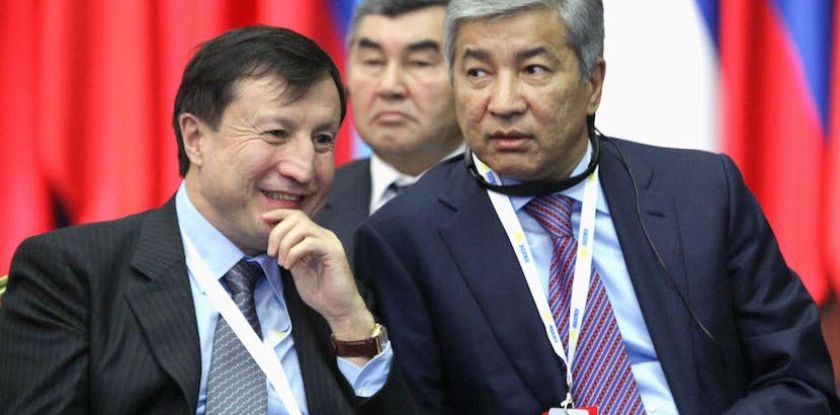Citing Tsesnabank’s official announcement, the Kazakh media-resources inform that the National Bank of Kazakhstan has increased its support to the bank up to 200 bln tenge. This information makes us reach rather pessimistic conclusions.
Since as of the moment of writing the article, any kind of information on the subject was absent from the site of the Regulator and that of Tsesnabank, we had used the Informburo.kz publication called «The National Bank has Increased the Loan to Tsesnabank to 200 bln Tenge after the Outflow of the Clients’ Funds».
Here are the key passages (text in bold by kz.expert).
«The bank plans to pay back the entire loan in the course of one year.
The National Bank of Kazakhstan has increased its loan to Tsesnabank from 150 to 200 bln tenge, informs Interfax-Kazakhstan.
In August 2018, Tsesnabank applied to the National Bank for a loan due to the early withdrawal of a significant part of the funds by several quasi-governmental companies. The National Bank provided a short-term loan in the among of 150 bln tenge. The bank returned 100 bln tenge soon after.
«However, in September, due to the commotion caused by the leak of the false information about the bank, the number of the early deposit withdrawal requests by the legal and physical bodies grew dramatically. In this light, the National Bank agreed to renew the credit line increasing its size to 200 bln tenge«, informs the bank.
The loan is provided on commercial terms, the funds are being paid back according to the repayment schedule. The bank plans to repay the loan in the course of one year. Raising a short-term loan is the standard practice for renewing the liquidity cushion, underscores Tsesnabank».
This announcement allows us to draw the following conclusions.
- Tsesnabank’s current financial standing remains extremely feeble.
Otherwise, the National Bank of Kazakhstan would not have provided it with the additional liquidity in the amount of 150 bln tenge.
To prove this, let us employ elementary arithmetic calculations: in August 2018, Tsesnabank received 150 bln emergency aid of which it returned 100 bln soon after. The remainder, therefore, constituted 50 bln. And, since now the credit ceiling has been increased to 200 bln tenge and, by the looks of it, is already exhausted, the increase of the state support has constituted 150 bln tenge.
As for the mentioned 50 bln tenge by which the Regulator’s loan was increased, it is nothing but a verbal attempt to mask this fact.
2. The scale and the depth of Tsesnabank’s current financial problems are off the charts.
Which can be confirmed by the size of the collective state support provided by the Government of the Republic of Kazakhstan (via the mechanism of buying out the loans provided by the bank to the agricultural producers in the amount of 450 bln tenge) and the National Bank of Kazakhstan (via the mechanism of the short-term loan provision in the amount of 200 bln tenge). In other words, altogether it is 650 bln tenge which is way more than the other Kazakh private banks have with exception of Halyk Bank perhaps.
3. Tsesnabank is evidently hoping to find investors on the market.
Hence the 500 bln tenge bond program registered by the bank in the National Bank of Kazakhstan. We believe this scheme is launched with the Dzhaksybekov family’s and the United Accumulative Pension Fund’s money in mind because the feasibility of private investors both Kazakh and foreign risking to invest in Tsesnabank bonds is not too high.
4. Tsesnabank has drawn the right conclusions from the August-September 2018 crisis.
Back then the negative information that the bank was trying to hide from the market, the civil society and the press was «leaked». And this had hit the bank much harder than an official release would have.




